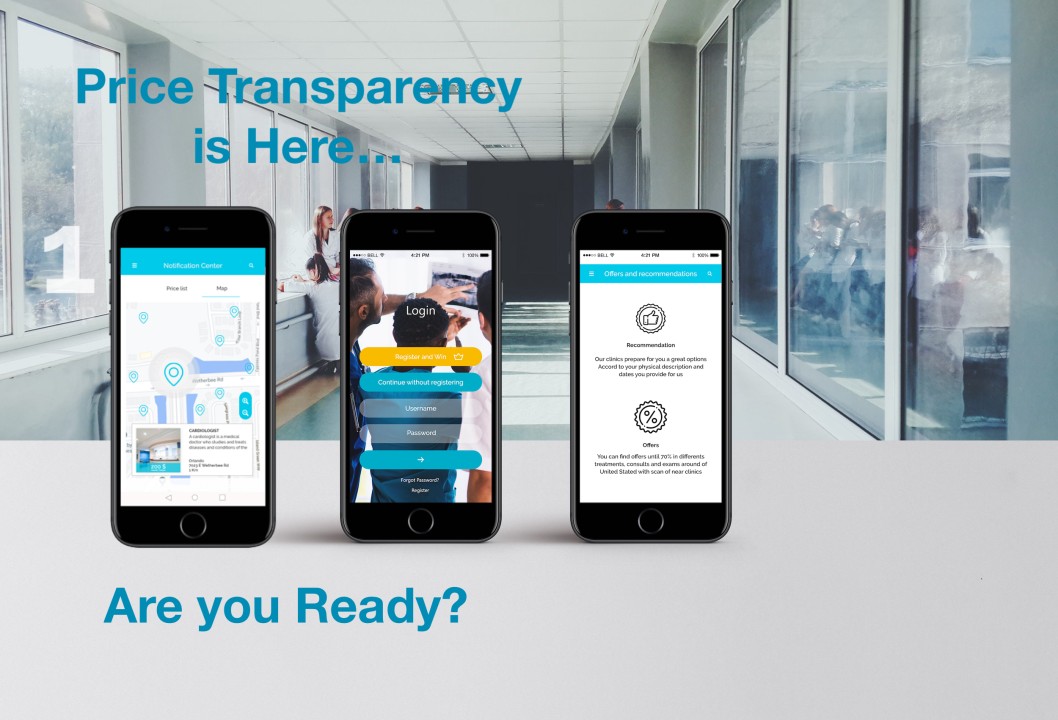On August 4, 2021, the Centers for Medicare & Medicaid Services (CMS) published proposed changes to enforcement of the hospital price transparency rule. The proposed changes address CMS regulations published in November 2019 that require hospitals to publicly report information regarding their services prices, effective January 1, 2021. The proposed changes include increased penalties for noncompliance and additional guidance on methods through which hospitals must make standard charges available.
The No Surprises Act, passed in December 2020, may intersect with the new price transparency regulations to impact contract negotiations between payers and providers. The No Surprises bill limits the amount patients pay for out-of-network services to their cost-sharing amounts had the services been in network. The only exception for which a provider can bill more than the cost-sharing amount is if the patient receives out-of-network nonemergency services with advance notice that the service is out of network and consents to that service with a higher bill.
Hospitals should monitor CMS rulemaking and may need to consider changes to how they are reporting charge information and prepare to comply with the No Surprise Bill Act requirements, which would be effective January 1, 2022.
- Important proposed changes for the Price Transparency Rule
- Hospitals must guarantee accessibility of price information without barriers such as BLOCKING CODES (CAPTCHA), AGREEMENTS TO TERMS AND CONDITIONS, or SUBMISSION OF CONSUMER’S PERSONAL INFORMATION.
- Price estimator tools may not meet the criteria outlined in the CMS regulation.
- Increase penalties for noncompliance up to $5,500 PER DAY or $2,007,500 FOR FULL CALENDAR YEAR.
- How should provider and payer executives prepare for the price transparency rule?
- Ready your internal operations: organizations should review their information technology capabilities to make sure they have the right applications and portals for consumers to access information in a consumer-friendly format. Healthcare providers also should improve the accuracy of data they release to make true estimates to patients; and avoid consumers making reactive decisions based on incorrect, or confusing, information in public data files.
- Find a health information technology firm that understand price transparency: organizations should work with information technology providers to develop consumer apps and other intuitive tools for consumers and employers; healthcare providers should find providers that help them to take this rule as an opportunity to improve consumer engagement and build proactive strategies to develop revenue cycle management services that can improve front-office operations.
- Build trust with consumers: providers may consider using this opportunity to enhance the relationship with consumers by building trust through useful dashboards that help consumers make sense of the pricing data. Organizations should be aware of risks to their reputation from media headlines or research that casts them as non-compliant.
- Market-based analysis: healthcare providers should understand how their posted data is positioning in the market and review their cost-quality ratio. They should compare how competitors in their market have presented the information and implement intelligent analysis to build a data-driven response.
- How should provider and payer executives prepare for changes to surprise medical billing?
- Review billing processes: healthcare providers should review their data systems to make sure they can deliver accurate cost estimates for patients. They also should review the systems used for insurance verification as the accuracy of those processes will be essential once the changes to surprise medical billing take effect. The price transparency rule could enhance organizational intelligence on the market and help inform strategies on how to respond to the No Surprises Act.
- Out-of-network care and mitigation strategies: organizations should review all the situations when out-of-network care might occur, understand the potential financial impact, and prepare out-of-network mitigation strategies to prevent “balance billing” situations. Payers and providers should understand when to pursue arbitration, as each side will try to use leverage to force rates up or down, or control networks.
- Build trust with consumers: through price transparency compliance and No Surprise bill understanding, healthcare providers should focus on adding more clarity for consumers, to help build long-term trust that strengthens member and patient relationships.
Clear notice and consent communications: providers should implement new processes and documentation systems to make sure they have proof of the notice and consent. Healthcare organization should consider clear communication strategies and identify the patients who fall into the category that might be interested in paying for certain services and certain out-of-network providers.
Please, clic this link for more information:

